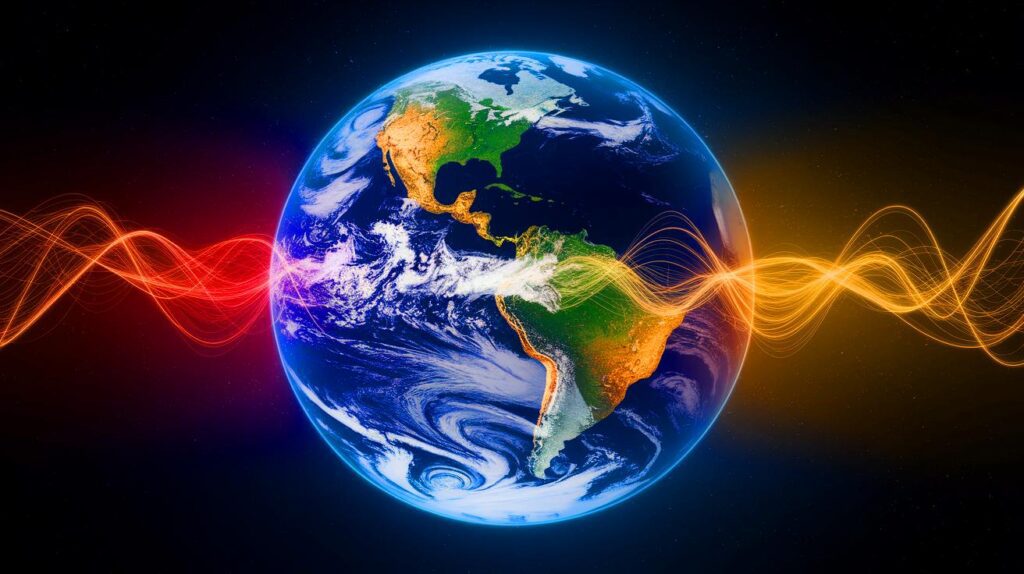The South Atlantic Anomaly (SAA) is a significant area of weakened Earth’s magnetic field located over South America and the South Atlantic. This anomaly poses risks to space technology by exposing satellites to high-energy solar particles, which can lead to malfunctions, data corruption, or permanent damage. NASA researchers are particularly focused on the SAA’s dynamic nature—it is drifting northwest and splitting into two lobes, complicating the risks for spacecraft.
The SAA’s origins stem from complex geodynamic processes in the Earth’s core, influenced by the tilt of the magnetic axis and structures deep below the Earth’s surface, such as Africa’s large low shear velocity province. As a result, the area experiences local polarity inversions, creating a “pot hole” in Earth’s magnetic shield.
Satellites, including the International Space Station (ISS), often take precautions when passing through the SAA to mitigate its effects. Recent research indicates that the SAA is evolving, increasing its size and number of risk zones. To track these changes and enhance predictive models, NASA utilizes satellite data alongside core simulations. While current anomalies aren’t early indicators of magnetic pole inversions, understanding the SAA remains crucial for safeguarding space technology and deepening insight into the Earth’s magnetic dynamics.
Source link


